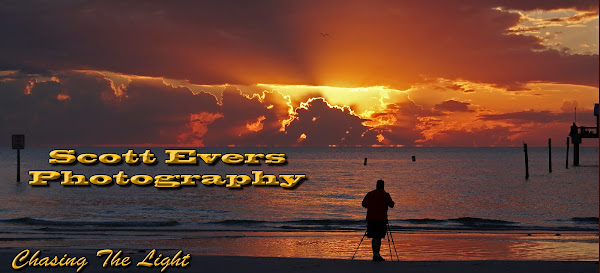The Osprey (Pandion haliaetus), sometimes known as the sea hawk, is a diurnal, fish-eating bird of prey. It is a large raptor, reaching 60 centimetres (24 in) in length with a 2m wingspan. It is brown on the upperparts and predominantly greyish on the head and underparts, with a black eye patch and wings.The Osprey tolerates a wide variety of habitats, nesting in any location near a body of water providing an adequate food supply. It is found on all continents except Antarctica although in South America it occurs only as a non-breeding migrant.
The Osprey differs in several respects from other diurnal birds of prey. Its toes are of equal length, its tarsi are reticulate, and its talons are rounded, rather than grooved. The Osprey and Owls are the only raptors whose outer toe is reversible, allowing them to grasp their prey with two toes in front and two behind. This is particularly helpful when they grab slippery fish.
The sexes appear fairly similar, but the adult male can be distinguished from the female by its slimmer body and narrower wings. The breast band of the male is also weaker than that of the female, or is non-existent, and the underwing coverts of the male are more uniformly pale. This is a good guide to determine the sex in a breeding pair, but harder with individual birds.
The Osprey breeds by freshwater lakes, and sometimes on coastal brackish waters. Ospreys usually mate for life.
All these photographs were taken in various locations in Florida where they are extremely abundant due to a great effort to build back up the population. Like eagles, they suffed a big drop in their population from the use of pesticides that worked there way into the food chain.They have rebounded well and now can easily be observed in great numbers.















